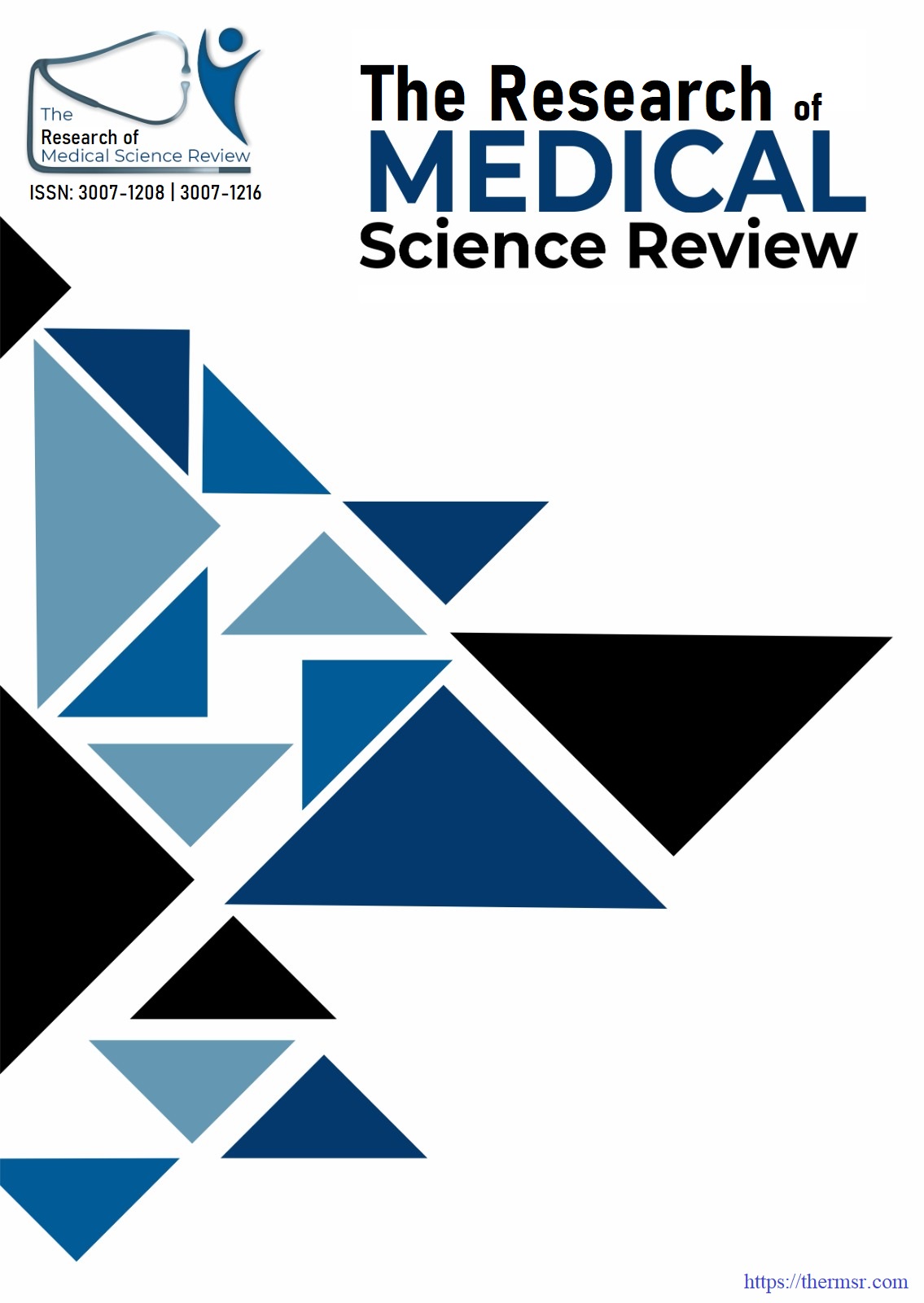QUALITY ENHANCEMENT OF LOW-FAT YOGHURT THROUGH STRATEGIC GUM INCORPORATION
Main Article Content
Abstract
Milk is an integral part of diets of millions worldwide. Milk helps the development of cell growth and digestive tube in gastrointestinal tract (GIT) of a baby. Proteins, bioactive saccharides and lipids are essential nutrients of milk which contribution to control the growth of gastrointestinal system of human body. Consumption of Industrially-produced Tran’s fatty acids (IPTFAs) has various adverse health hazard. High fat contents because serious illness such as high cholesterol level, arthritis, memory loss, weight gain and obesity which leads to cardiovascular problems. Low fat yoghurt is a vigorous healthy choice for consumer due to its different functional and biological properties. Low fat products are demand of all eras but fell short due to low quality. The current study was objective to prepare the low fat yoghurt by using hydrocolloids like different types of gums such as guar gum and xanthan gum at the ratio 0.1, 0.3, 0.5% evaluation of various compositional analysis, physiochemical properties, texture analysis and sensory profile. During research, result showed that in low fat yoghurt during storage period acidity decreases while pH remained constant. However, synersis of product was increased among storage period on the other hand water holding capacity was decreased. As a texture it was observed that addition of guar gum and xanthan gum with concentration 0.1% was good as compared to 0.5% concentration.
Downloads
Article Details
Section

This work is licensed under a Creative Commons Attribution-NonCommercial-NoDerivatives 4.0 International License.
